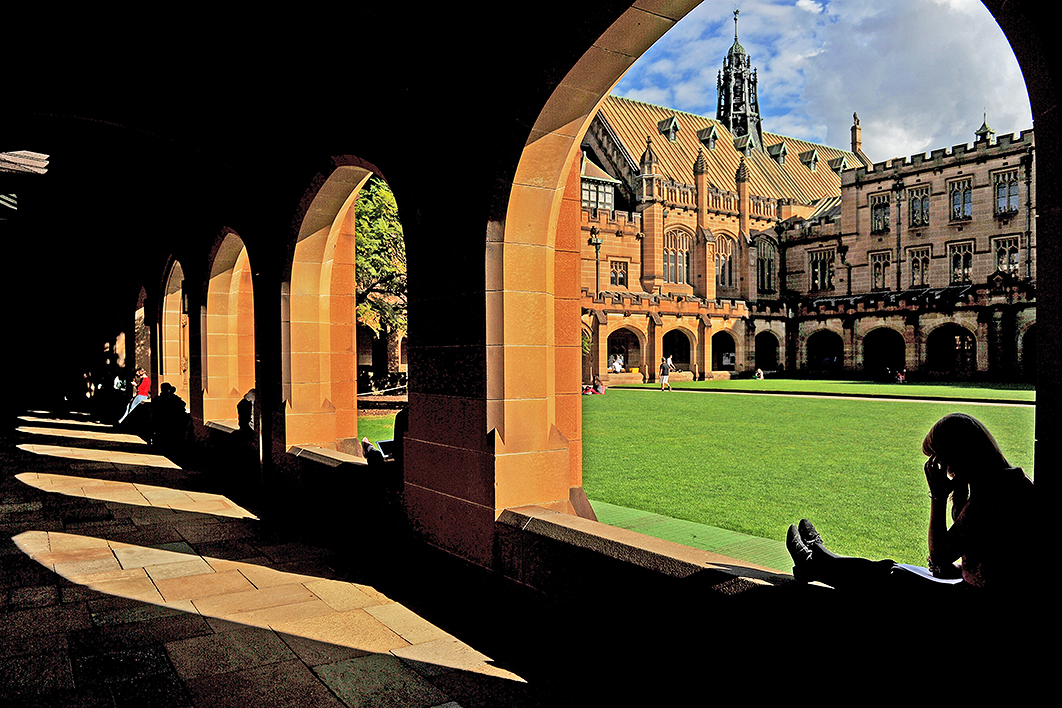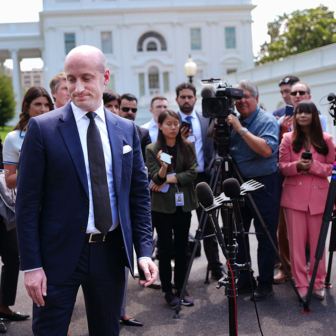Sydney University’s decision not to fill its chair of Australian literature once the incumbent, Robert Dixon, retires this year has caused widespread consternation, not least because the position’s symbolic importance is far greater than the work of the individual academics who have filled it.
The chair was established in the 1960s after a long campaign and a public subscription scheme. Until then, Australian literature had been promoted through a series of Commonwealth Literary Fund lectures, with only a few tertiary courses, such as the one taught from 1954 by Tom Inglis Moore at the Australian National University, concentrating on the national literature. Though the fundraising campaign was insufficient to cover the chair, the university’s decision to make up the difference appeared to be an acknowledgement of the need to nurture, criticise and appreciate the work of Australian writers. It was a public statement about the importance of writing in the cultural life of the nation.
Of course, the chair was part of the university and its appointees behaved like academics. The first, G.A. Wilkes, soon moved to the more firmly endowed Challis chair of English, but his successor Leonie Kramer held the position for twenty years from 1968, eventually becoming a controversial chancellor of the university. Even memories of this illustrious career have not stirred the university to support her old position.
Kramer held herself aloof from the growing cohort of Australian literature enthusiasts emerging in the wake of increased educational opportunities and the commitment to Australian literature in high schools in the 1970s. She rarely appeared at conferences of the Association for the Study of Australian Literature, or ASAL, for example, apparently suspicious of the “radical nationalist” tendency among younger academics. At the same time, she was well known for her outspoken views on education, her work on the ABC board, and even her critical attack on Patrick White (and White’s churlish response). She was more a public figure — as a dame of the British Empire from 1976 — than the kind of diligent Australian Research Council–favoured researcher now dominating university positions.
When she was appointed as Kramer’s successor, Elizabeth Webby took a more cooperative approach to her role, attending every ASAL conference, editing Southerly journal, serving on judging panels and public committees, and doing what she could to support the careers of younger academics in the field. She is an expert on her subject — a mine of information about the full range of Australian writing from the nineteenth century to the present — and many scholars and writers acknowledge a debt to her generosity.
Among Webby’s PhD students was Rob Dixon, another expert in nineteenth-century Australian literature who followed a cultural history approach to literature. With a list of ARC grants to support his position, he fitted the more recent model of a university professor, but he also worked with Sydney University Press to establish a series of critical and cultural histories of Australian writing.
As every academic knows, Australian universities now operate like businesses, with CEO/vice-chancellors drawing mighty salaries (excepting Brian Schmidt at ANU, who has had the grace to cut his severely). They have management formulas for staffing, with ARC grant money and student enrolments as the guide to whether positions matter. Individual staff confront performance reviews in which they are urged to publish a specified number of articles each year in international peer-reviewed journals rather than spend time on book reviews or newspaper articles. Their role in the community comes a long way down the list of performance indicators. The universities’ ideal academic wins massive grants for research, supervises a dozen PhD students and publishes regularly in international journals.
That model is based, of course, on an ideal of the experimental scientist. Scholars in the humanities have a different and much less expensive work pattern, and don’t need research students to do time-consuming work on experiments. In fact, the science-research model doesn’t even suit a theoretical scientist, or a speculative thinker in any subject area, who may only need a good computer and time to think; and it certainly doesn’t suit anyone who works on subjects with a national rather than international focus, least of all a constantly changing field like contemporary literature that needs critical discussion to gain any intellectual attention.
The system has undoubtedly distorted research in Australian literature — indeed in the humanities as a whole, and possibly beyond — by forcing academics to seek international perspectives on their work and to find projects that will keep many hands busy and consequently consume large amounts of grant money. Australian literature academics have no incentive to engage with new writing, to take risks on new ideas, or to write for their own communities. “Criticism,” with its negative connotations in the popular mind, has been sidelined, despite its role as the basis of intelligent reading.
The preference for the already known appears to dominate the research community, defeating new ideas and genuine cross-disciplinary research. No matter how much it refers to the national interest, the ARC grants system consistently prefers work in an existing international field by those who already have runs on the board.
Where can Australian literary criticism fit in such a system? It requires time rather than money; it has little international purchase; and, despite its many greenfield opportunities, it is difficult to encourage PhD students to pursue it. When undergraduate enrolments fall — as they have at the University of Sydney — no chair is safe, even when it was established partially at community expense. The archival research still to be done on Australian writing won’t require the hundreds of thousands of external grant dollars that ensure a chair continues to be funded.
The malaise extends to book publishing, too. Since the University of Queensland Press ended its series of books on Australian literature (edited by another professor, Anthony Hassall) in 2007 literary critics have needed to deal with international publishers such as Anthem Press, Peter Lang or, for the series I edit, Cambria Press. Books take a long time to write and publish, and their quality and publication process will vary. Because books’ rating on research performance indicators is well below an equivalent series of journal articles — reflecting the fact that scientists rarely publish full-length books — literary academics are encouraged to publish journal articles, which give little chance to develop detailed engagements with Australian work. That is why Sydney University Press’s Sydney Studies in Australian Literature series is important, and why professors committed to Australian literature matter.
Australian universities’ support for Australian literature has always been uneven. After years of teaching Australian literature as a sideline to its main English courses, ANU advertised for a chair ten years ago; despite interviewing several promising candidates, it failed to make an appointment and has never repeated the exercise. In 2015, student protests at the lack of Australian literature at Melbourne University led to the endowment of the Boisbouvier chair in Australian literature “to advance the teaching, understanding and public appreciation of Australian literature.” As a joint enterprise with the State Library, its emphasis on public outreach has led to the appointment of writers — first Richard Flanagan, and then Alexis Wright — rather than critics to the position.
At the University of Western Australia, the chair in Australian literature has been vacant for almost a year since the retirement of Philip Mead, apparently because the interest earned on the federal government’s establishing endowment has fallen so low. The university has announced plans to fill the chair when its finances recover. At Adelaide University, the newly endowed Sidney Kidman chair in Australian studies was initially filled by an anthropologist, but Anne Pender, an Australian literature and drama critic, will soon take the position.
Back at Sydney University, the major in Australian literature has been reduced to a minor and undergraduate student enrolments in the course have declined. The university’s writing program, on the other hand, has grown exponentially, partly because international students want to improve their English communication skills. The funding follows the student numbers. The logic is obvious, but there remains the university’s duty to the wider community, to the nation and to its own prestige as the oldest university in the country. Perhaps it could dig deep into its archives and find what happened to the initial funds for the chair. I’m sure the Sydney University could come up with the $5 million that appears to be necessary to ensure an ongoing chair of Australian literature •




